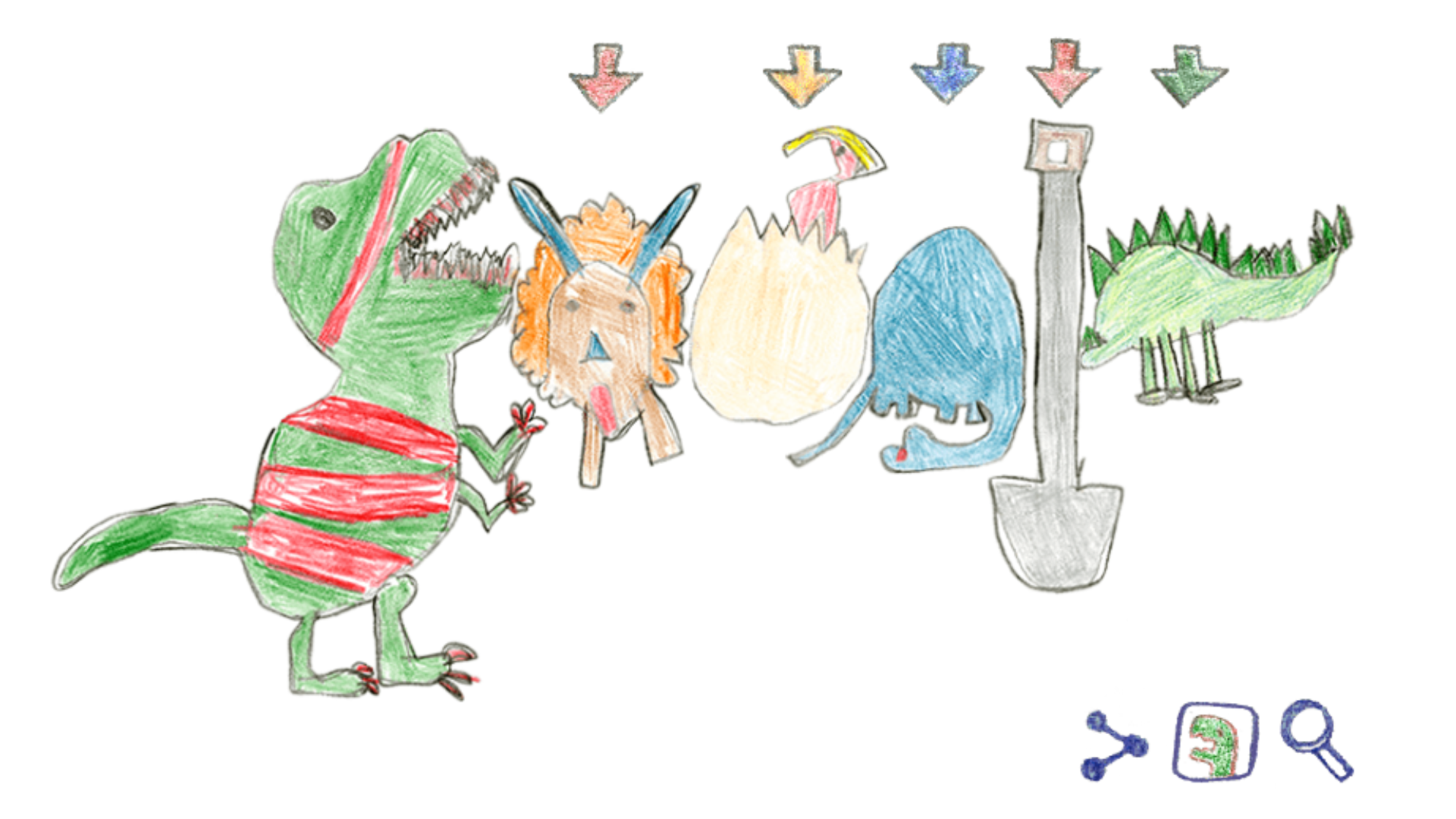The Craziness start to happen at 2:58.
Smartphones and Cake
It was one of those days, where I spoke to a potential partner about competitive advantage. It was hard to get a read on the person, like so many others. Jobs said people don’t know what they want, you have to show them. But some people do not know what they want even after you show them. Jobs, people know they want a thing; a tangible thing, when they see it, but they struggle with abstract things.
Deep Research
Okay, that headline was false. I did not really deeply research this phenomenon that I come to call the Rowe Effect. But, I’ve kept an eye on it for a few decades. Uber is an abstract concept that was sufficiently executed and then grew into the thing that we know it as today. Few people know that Uber was not a “taxi service” as such, but an app for people to carpool. Through need and supply, pivots and incrementalism, the Uber Original became Uber Today. Companies like Lyft, on the other hand, saw during the early stages of Uber that there is an need for a crowd sourced taxi service, if one can label it as such. Lyft never had to go through the metamorphosis.
Relevance
I have to remind myself that this is a media/video blog and not rant about my frustrations swimming up-stream. Video on the Internet (VOI) are solidly part of our daily info or entertainment diet. But unlike the old day, when you got your info and entertainment over a square box, there are in modernity none of the gate keepers in the form of broadcast bosses. Or is there?
Catch 22
How no one can see this is beyond me. The modern gatekeeper is not the whimfull TV boss; it is a highly logical algorithm that gets its marching orders from a democratic consensus. This is a mouthful, but let me say it in another way: what you see in your feed is what everyone wants to see in their feed. To get out of that track is very hard. Also for said track to change is a slow and difficult process. If no one is discovering you it will be hard to be discovered. If you already highly ranked, you will rank more highly. This is obvious but what is less apparent is that a lot of great content will never hit your eyeballs because there is a curation problem which the old days of TV did not have. Sure the old days had other issues, but this issue is an elephant in the room, at least for me.
Let Me Spell It Out
Content producers, technicians, service providers et-all should self-unionize and self-curate. They should form teams, groups, circles; networks where their efforts can be co-ordained. Things like knowledge, skills, and even cost of marketing can be co-opted. Burden and profits are shared. It comes down to game-theory of which I wrote earlier.
Cake

But in most cases, what I observe is that most prefer the cupcake over the 4 tier wedding cake. Most understand cupcake and are intimidated by the complexity of 4 tier wedding cake. Or, and this is the most likely, they will rather have all of a cupcake than; God Forbid, share any part of a wedding cake.
A Win-Win Strategy for Success
The Power of Google Paid Ad Campaigns
In today’s digital age, where competition for attention is fierce, businesses are constantly seeking effective ways to reach their target audience. Among the plethora of marketing strategies available, Google paid ad campaigns stand out as a powerhouse tool for driving traffic, generating leads, and ultimately boosting sales. However, what truly sets Google’s approach apart is its unwavering commitment to the success of its advertisers, fostering a symbiotic relationship where everyone benefits.
Google operates on the principle that when advertisers succeed, it succeeds. This isn’t just a catchy slogan; it’s ingrained in the very fabric of Google’s advertising ecosystem. From the moment you launch a campaign, Google’s algorithms kick into high gear, meticulously analyzing data to ensure that your ads are reaching the right audience at the right time. This level of precision targeting maximizes your chances of connecting with potential customers who are actively seeking your products or services.
But Google’s assistance doesn’t stop there. The platform continuously optimizes your campaigns based on real-time performance data, fine-tuning ad placements, keywords, and other variables to maximize efficiency and drive better results. This proactive approach not only saves you time and effort but also maximizes your return on investment.
At its core, Google’s strategy is predicated on a win-win scenario. By helping businesses succeed, Google strengthens its own advertising ecosystem, creating a positive feedback loop where success begets success. This symbiotic relationship fosters a sense of partnership between Google and its advertisers, with both parties working together towards common goals.
The lesson here extends beyond the realm of digital marketing. It underscores the importance of recognizing that our success is often intertwined with the success of others. Just as Google’s success hinges on the success of its advertisers, so too do many aspects of our lives and businesses rely on collaborative efforts and mutually beneficial relationships.
Moreover, Google’s approach underscores the value of adopting a data-driven mindset with a relentless focus on efficiency. By leveraging data insights to inform decision-making and constantly striving for optimization, businesses can unlock new levels of growth and prosperity. This data-driven approach isn’t just about crunching numbers; it’s about making informed decisions that drive tangible results.
In conclusion, the effectiveness of Google paid ad campaigns isn’t just about driving clicks and conversions; it’s about embodying a philosophy of mutual success and collaboration. By recognizing that our success is intricately linked to the success of others and embracing a data-driven approach with a focus on efficiency, we can all strive towards greater achievements. So, let’s take a page from Google’s playbook and work together towards a brighter, more prosperous future.



